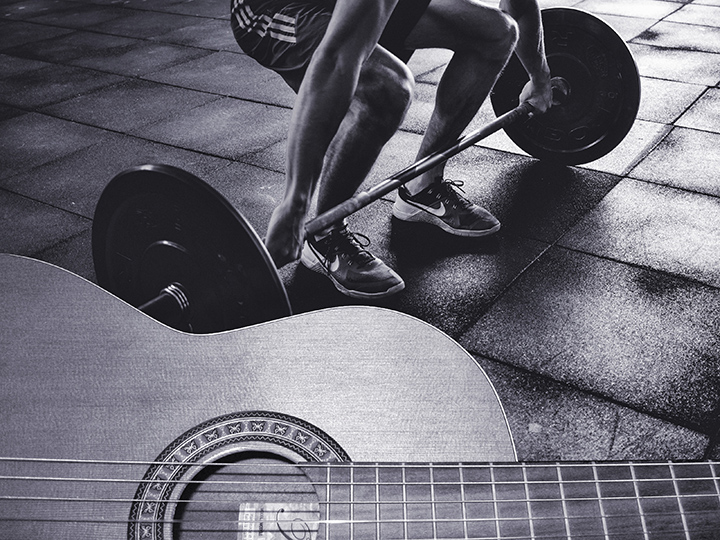A Word About Practice

Ken Puls
A Word About Practice

Ken Puls
Much of your success in learning to play the guitar will depend upon faithful practice. As you work on your assigned pieces and exercises, consider the following encouragements:
1. At the beginning, take it slow.
Learning to play the guitar takes time and patience. Begin by practicing slowly, especially when working on new or challenging music. Work for good tone and technique, not for speed. Even if you are playing a speed drill exercise or a piece with a fast tempo marking, start slowly. The better your tone and technique, the easier it will be to gradually increase your speed and attain your desired tempo.
2. Every day take time to play.
The key to practice is consistency. Try to practice every day, even if you only have time on some days to practice for a few minutes. Practice is physical and mental exercise. In order to play well you need to strengthen muscles, build endurance, and develop muscle memory. For that to happen, you need repetition and consistent practice. If you practice at least a little bit every day, over time you will see progress.
3. When you practice, have a plan.
As you prepare to practice, think about what you are trying to accomplish. Set goals and have a plan that will help you achieve your goals. Structure your practice time (whether it’s a little or a lot) so you will get the most from the time you invest.
Try dividing your practice time into three segments. Since you are training your hands to play, think of practice like working out at the gym:
1. Use the first 1/3 of your practice time for warm up. A weightlifter doesn’t begin by attempting to lift the heaviest weights. An athlete needs to warm up and stretch before competing. Like the weightlifter and athlete, you are developing and strengthening muscles. Your hands need time to warm up before playing. If want to be successful in achieving your goals as a musician, don’t skip this important first segment.
2. Once you warm up, then work out. Focus on new music (that you are still learning) and difficult music (that you are still endeavoring to play well). Don’t put off working on the hard stuff. Do what is most challenging early in your practice before you become mentally and physically fatigued.
3. Finally, end with a cool down. Play through some familiar music (songs you already know, songs you want to review, or songs you simply enjoy playing). Don’t skip this segment either! Take some time as you end your practice to enjoy the fruit of your labors and play some of your favorites. You are, after all, investing time learning to play so you can enjoy making music.
For a 30-minute practice session, divide your time:
If you are practicing for an hour, divide your time:
Discipline yourself to follow this structure. It is easy to squander your time by starting with songs that are already easy and familiar, waiting too long to work on (or avoiding altogether) songs that are new or difficult, and completely forgetting to warm up. You will get the most from your practice if you do all three segments and in the recommended order.
From Beginning Guitar Method by Kenneth Puls ©1992, 1995, 2002 Used by Permission
Return to Student Exercises, Scales and Argpeggios
Return to Student Resources and Music for Classical Guitar
Return to Music for Classical Guitar